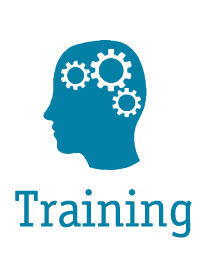On October 22-23, 2009, ATC sponsored a 2-day symposium commemorating the 20th anniversary of Hurricane Hugo that hit Charleston, SC in 1989. The symposium theme was “Building Safer Communities – Improving Disaster Resilience.”
23 papers were presented at symposium, on topics ranging from discussions of coastal flood mapping to building code compliance. There were two plenary sessions: one was given by Margaret Davidson, the Executive Director of the National Oceanic and Atmospheric Administration (NOAA) Coastal Services Center and Dr. Tim Reinhold, the Vice-President of Engineering for the Institute for Business and Home Safety. Both plenary sessions were well received and seemed to perfectly start and end the symposium, respectively. Lunch times were also full of information shared by Drs. Peter Sparks and Ben Sill, both retired professors in Civil Engineering from Clemson University and Todd Davison, the Director of NOAA’s Gulf Coast Services Center.
Feedback from the approximately 80 participants has been very positive, and ATC is proud to have been actively engaged with the wind and flood engineering community in sponsoring this symposium.

10/2009



